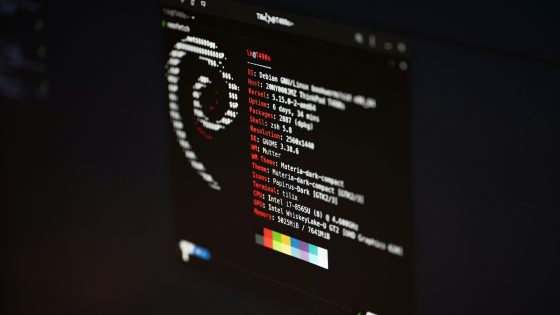Who holds the world record for internet speed?

Until June this year, the world record for internet speed was 402 terabits per second (Tbps), or 402,000,000 Mbps, if the speed was advertised by operators. The record was set last year by researchers at Japan's National Institute of Information and Communications Technology (NICT). Less than a month ago, they managed to break their already impressive record.
The NICT team, in collaboration with Sumitomo Electric Industries, managed to transmit an incredible 8,160,000 gigabits (1.02 million gigabytes per second, or 8,160 terabits per second) over a distance of 1,808 kilometers.
This is the first successful transmission of speeds exceeding 1 petabit per second over a distance of more than 1000 km using optical fibers with a standard cladding diameter (0.125 mm) as used today. This achievement opens up new possibilities for future high-performance long-distance optical communications, which is crucial at a time of rapidly growing global data transmission needs.
They used special 19-core optical fibers that act as a highway with 19 lanes for data. Each core transmits data independently, which significantly increases throughput without having to change the diameter of the fiber. To amplify the signals, advanced optical amplifiers were used, which operated simultaneously on all cores and in two frequency bands (C-band and L-band).
The entire system included 19 circular transmission loops, through which data traveled 21 times along an 86.1-kilometer loop, simulating long distances and reaching a total of 1,808 km, approximately the distance from Ljubljana to Naples and back.
Although petabit-per-second speeds have been achieved, they have mostly been limited to short distances. NICT's success lies in the fact that by reducing losses and precisely amplifying the signals, they were able to maintain high speeds over a length of almost 2,000 km. The end result was a record product of capacity and distance: 1.86 exabits per second-kilometer, the most ever achieved with standard-gauge fiber.
The receiving part of the system consisted of a 19-channel receiver with a MIMO processor, which continuously eliminated mutual interference between the cores and calculated the transmission speed.
This achievement paves the way for upgrading existing global optical networks without replacing the infrastructure. Previously, 19-core fibers could only carry data over distances of less than 100 km. Now, NICT has shown that with reinforced cores and advanced signal processing, ultra-fast and long-distance networks can be achieved even with standard fiber dimensions.





























